Tuesday, 23/04/2024 | 19:10 GMT+7
Back in 2008, Illinois raised its energy efficiency standards, rewarding electricity ratepayers who, for example, used energy-efficient light bulbs or better insulated their factories. As result since then, all consumers have saved more than $1 billion.
A new Illinois Clean Jobs Bill, now pending in the state Legislature, would raise those standards even higher and, ideally, use the greater savings to pay for an increase in the amount of renewable energy used in Illinois, while still returning money to consumers. It’s likely this bill will be tweaked before a final vote, but the concept is sound, which is why it’s supported by Mayor Rahm Emanuel and an array of environmental, consumer and labor groups.
Illinois already has committed itself to using solar, wind and other renewables — as opposed to, say, coal or nuclear energy — for at least 25 percent of its energy by 2025. The new legislation, which has companion versions in the Illinois House and Senate, would raise that to 35 percent by 2030. It’s a reasonable goal. As the New York Times reported Wednesday, Germany in 15 years has already converted 30 percent of its energy sources to solar and wind.
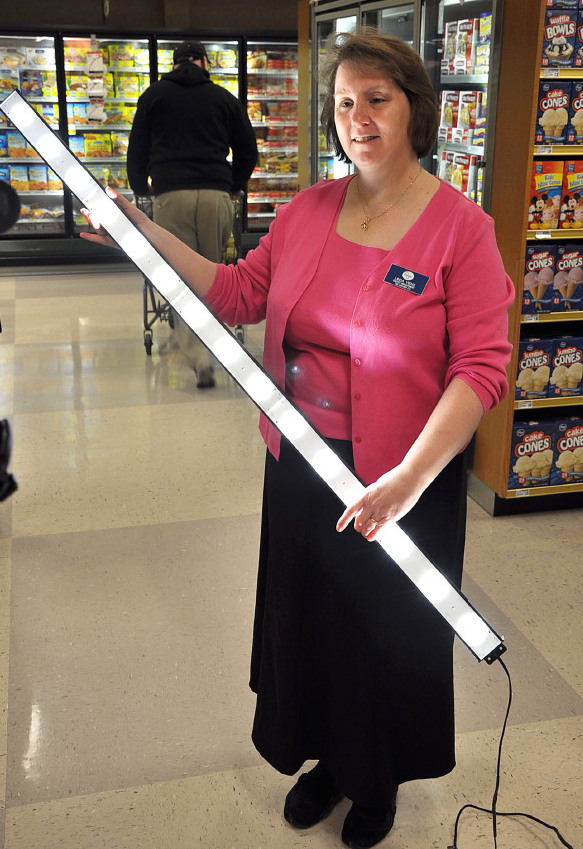
Although renewable energy costs more today than other power sources, the Citizens Utility Board estimates consumers would come out ahead by $1.6 billion by 2030. That would be a $98 annual savings for the average residential ratepayer. CUB says $1.6 billion is its mid-range estimate and that savings could go as high as $2.2 billion. A separate analysis by the Union of Concerned Scientists also predicts substantial savings.
We’re not so sure regular homeowners will rush out to buy smart appliances, like programmable dishwashers and dryers, that can save money by shifting energy use to non-peak periods, such as the middle of the night. But because of the complicated way energy pricing works — with peak use driving the rates — CUB says even people who don’t do anything on their own will save money.
Ratepayers in the Chicago area have saved money under the current law through a ComEd energy conservation program that subsidizes such things as heating, ventilation and new technologies. As the Rev. Booker Steven Vance told the Sun-Times Editorial Board last month, the program has been a particular benefit in lower-income communities.
But the program’s funding is capped. The new law eliminates the cap, making more energy efficiency initiatives possible. The law also requires utilities such as ComEd to prove that the new initiatives it undertakes are cost effective.
Another arguable benefit to this legislation is that it would bring jobs to the state, according to a survey released this week by the Clean Energy Trust. The survey found Illinois already has more than 100,000 jobs in the clean energy sector, and has experienced growth of 7.8 percent in the last 15 months. That survey, though, fails to consider that other jobs would be lost as less fossil fuel and nuclear energy is used.
ComEd and Exelon have introduced separate bills, and the Downstate utility Dynegy is buttonholing legislators with concerns of its own. Exelon has a vested interested in the continued use of nuclear energy, of course, as does Dynegy with coal. There is a strong possibility all three of these measures will wind up in a single omnibus bill.
But it is crucial that the end result is a balanced Illinois Clean Jobs Bill that promotes a cleaner environment in a way that does not drive up electricity bills.
Anh Tuan
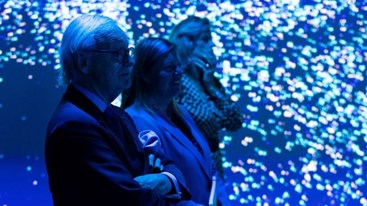

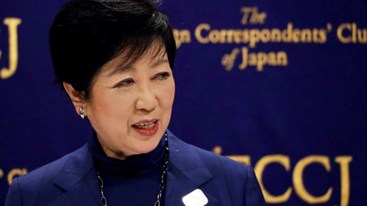

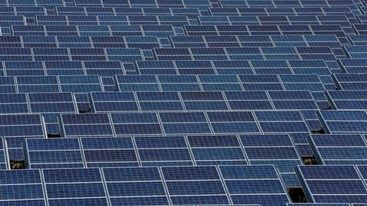
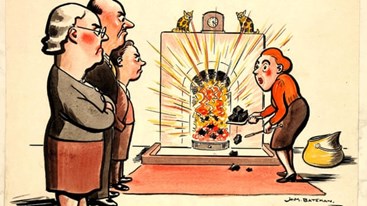
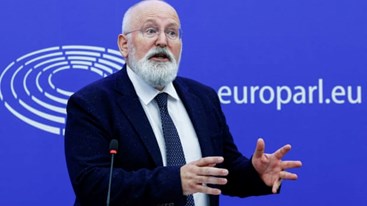

.jpg?w=367&h=206&mode=crop) Energy efficiency and conservation usage is an important aspect of the national energy development strategy
05/03/2024
Energy efficiency and conservation usage is an important aspect of the national energy development strategy
05/03/2024
 Vietnam - Denmark promote cooperation in the energy sector
Vietnam - Denmark promote cooperation in the energy sector
 Challenges and Opportunities to promote energy efficiency market in Vietnam
Challenges and Opportunities to promote energy efficiency market in Vietnam
 The Ministry of Industry and Trade requests government agencies to coordinate in organizing Earth Hour 2024
The Ministry of Industry and Trade requests government agencies to coordinate in organizing Earth Hour 2024
 Consultation on Energy Efficiency Boiler Catalogue and Wood Drying Guideline
Consultation on Energy Efficiency Boiler Catalogue and Wood Drying Guideline
 Son Ha Co., Ltd, applies energy efficiency and conservation measures
Son Ha Co., Ltd, applies energy efficiency and conservation measures
 Phuc Kien Co., Ltd., is effectively implementing energy-saving measures
Phuc Kien Co., Ltd., is effectively implementing energy-saving measures
.png?w=367&h=206&mode=crop) Request for expression of interest - C2.1.13: Capacity Building on energy efficiency policies development
Request for expression of interest - C2.1.13: Capacity Building on energy efficiency policies development